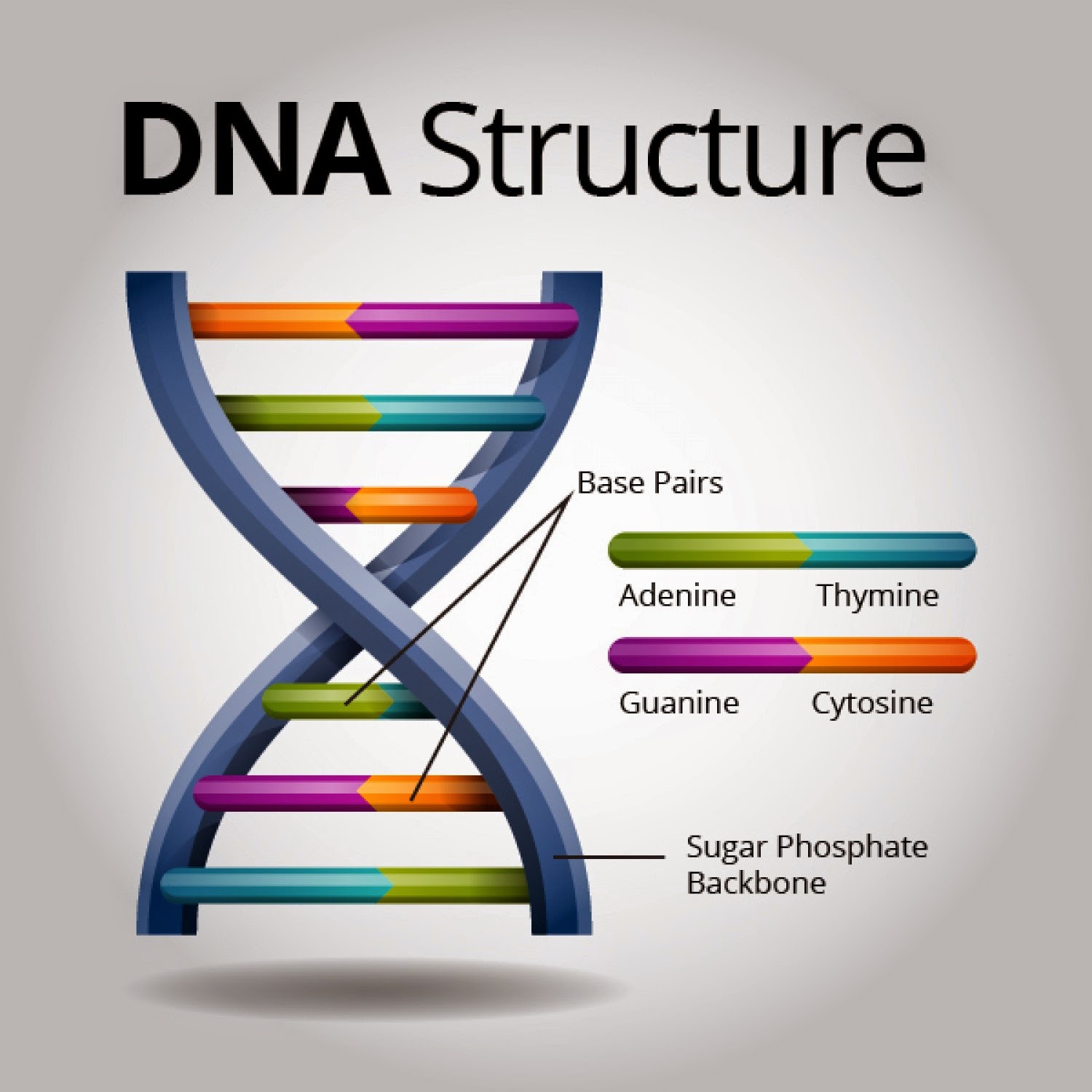Embark on a journey into the microscopic realm, where the very blueprint of life resides. Deoxyribonucleic acid, or DNA, holds the secrets to heredity, development, and the intricate dance of biological processes. But how do scientists, with their pipettes and specialized reagents, actually isolate this vital molecule from the cellular milieu? Prepare to have your understanding of molecular biology reshaped as we delve into the fascinating world of DNA extraction.
Cell Lysis: Breaking Down the Barriers
The first crucial step in DNA extraction involves cell lysis, the process of disrupting the cell membrane and nuclear envelope to release the DNA contained within. Think of it as carefully dismantling a fortress to access the treasure inside. This is commonly achieved through a combination of mechanical and chemical methods. Mechanical lysis might involve grinding or sonicating the sample, physically shattering the cells. Chemical lysis, on the other hand, typically relies on detergents, such as sodium dodecyl sulfate (SDS), which disrupt the lipid bilayer of the cell membrane, causing it to dissolve and release its contents.
Enzymatic lysis can also play a critical role, particularly in situations where gentler disruption is required. For instance, lysozyme, an enzyme that cleaves the peptidoglycan layer in bacterial cell walls, is frequently employed for bacterial cell lysis. Proper optimization of the lysis method is paramount, as harsh treatments can shear the DNA, resulting in fragmented and unusable samples. The objective is to release the DNA without compromising its integrity.
DNA Precipitation: Isolating the Precious Cargo
Once the cells are lysed, the resulting solution contains a complex mixture of DNA, RNA, proteins, lipids, and cellular debris. The next step is to selectively precipitate the DNA, separating it from these other biomolecules. This is typically achieved by adding a concentrated salt solution, such as sodium chloride or ammonium acetate, to neutralize the negatively charged phosphate backbone of the DNA. This neutralization reduces the electrostatic repulsion between DNA molecules, allowing them to aggregate.
Following the addition of salt, a cold alcohol, usually ethanol or isopropanol, is added. Alcohol is less polar than water, and it further reduces the solubility of DNA, causing it to precipitate out of solution. The DNA molecules coalesce into a visible pellet or fibrous mass. The sample is then centrifuged, forcing the precipitated DNA to the bottom of the tube, allowing the supernatant (the liquid containing the contaminants) to be carefully decanted. This step is crucial for isolating the DNA from the rest of the cellular components.
DNA Purification: Removing the Impurities
Even after precipitation, the DNA sample may still contain residual contaminants, such as proteins, RNA, and salts. Therefore, a purification step is necessary to obtain high-quality DNA suitable for downstream applications. Several methods are available for DNA purification, each with its own advantages and disadvantages.
One common method is phenol-chloroform extraction. This technique involves adding phenol and chloroform to the DNA solution. These organic solvents denature and separate proteins from the DNA. After centrifugation, the mixture separates into three phases: an aqueous phase (containing the DNA), an interphase (containing denatured proteins), and an organic phase (containing lipids). The aqueous phase, which contains the purified DNA, is then carefully removed.
Another popular purification method is column chromatography. This technique utilizes a silica membrane or resin that selectively binds DNA under specific salt conditions. The DNA sample is applied to the column, and wash buffers are used to remove contaminants. Finally, a low-salt elution buffer is used to release the purified DNA from the column. Column chromatography is generally faster and less toxic than phenol-chloroform extraction.
A third method involves the use of magnetic beads. These beads are coated with a substance that binds DNA. When added to a DNA solution, the DNA binds to the beads. A magnet is then used to pull the beads (along with the bound DNA) out of the solution, allowing the contaminants to be washed away. Finally, the DNA is released from the beads using an elution buffer.
DNA Quantification and Quality Assessment: Ensuring Accuracy
The final step in DNA extraction is to quantify and assess the quality of the isolated DNA. Quantification determines the concentration of DNA in the sample, while quality assessment evaluates its purity and integrity. Accurate quantification is essential for downstream applications, such as PCR and sequencing, where precise amounts of DNA are required.
Spectrophotometry is a common method for DNA quantification. It measures the absorbance of the DNA solution at 260 nm. The absorbance value can then be used to calculate the DNA concentration using the Beer-Lambert law. The ratio of absorbance at 260 nm to absorbance at 280 nm (A260/A280) is used to assess the purity of the DNA. A ratio of around 1.8 is generally considered to be indicative of pure DNA. Lower ratios may indicate protein contamination, while higher ratios may indicate RNA contamination.
Gel electrophoresis is used to assess the integrity of the DNA. The DNA sample is run on an agarose gel, and the resulting bands are visualized under UV light. Intact DNA will appear as a single, high-molecular-weight band. Degraded DNA will appear as a smear or multiple bands. Fragmented DNA indicates that the DNA has been damaged during the extraction process.
Fluorometry, using fluorescent dyes that bind specifically to DNA, provides a more sensitive and accurate method for DNA quantification, particularly for low-concentration samples. These assays are often preferred for applications requiring precise measurements.
Mastering the art of DNA extraction is fundamental to unlocking the secrets hidden within our genetic code. From the initial disruption of cellular structures to the meticulous purification and quantification of the extracted DNA, each step demands precision and expertise. The knowledge gained from this process fuels advancements in medicine, forensics, and countless other fields, underscoring the profound impact of this seemingly simple yet profoundly important technique.










Leave a Comment